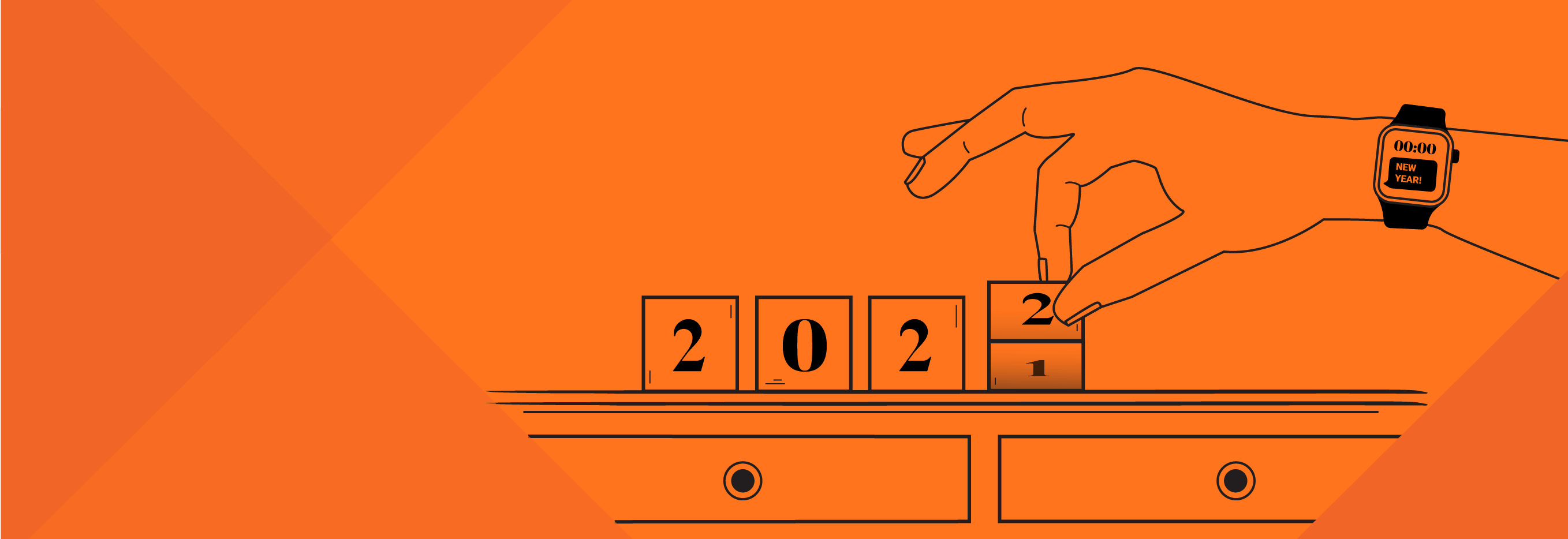Give attendees the gift of time
The return to live events means we are finally spending time, in person, with colleagues from around the world.
The two-year hiatus has made these moments much anticipated reunions for those who worked together before the pandemic hit – and a whole new experience for those who have yet to meet their colleagues in person.
Event organisers (and their clients) need to recognise the need for extra time to reconnect and share experiences together.
Anticipation and excitement was high at our WRG production team away day, where I finally got to meet the people I had been working with for the past two years. I was obviously interested in our business updates and future plans, but I have to admit I was most looking forward to finally spending time with the whole team.
This personal experience reflects one of the most important aspects of events today: human connection.
We all know working from home has changed office life. But after the forced pause to event calendars, relationship-building and in-person networking had to somehow be translated to the virtual world.
Now that we are going back to in-person events, it’s more important than ever to plan sufficient time for those encounters, whether in a more structured or unscripted way.
After so long without having their audience in a room, it can be quite tempting for companies and brands to make full use of that time to share content. There is, understandably, a lot of it.
But it is important not to lose sight of the real power of live events: shared, human experiences that create a lasting effect and fuel change. If the experience is mostly sitting down and hearing someone share information that could have been sent in a newsletter, webinar or podcast – that power is dulled.
Attendees often feedback that agendas are too busy leaving little time to network or explore the location they’re in. The ruling philosophy for some companies is to use as much of their time as possible justifying the time and cost of travelling there.
Efforts to ‘maximise’ an agenda tend to neglect the impromptu encounters and conversations, the unexpected inspiration of being in a faraway destination, or the breakthroughs that can happen during down time. These moments can absolutely be built into an experience.
Rather than viewing networking, socialising and breaks as ‘gaps’ in the agenda, we should understand how they add value for the audience.
The gift of time
A busy calendar is a symptom of modern life. Free time is a precious gift. Don’t forget that attendees still have their day-to-day work, family and personal responsibilities. Protected, meaningful leisure time in the agenda – not just an hour to freshen up between day and evening activities – will be greatly appreciated and improve the overall experience of the event.
Integrate the location into the experience
The event destination is an important part of the experience. People want to make the most of travel, especially after the restrictions of the past years. So make sure you look at different ways to include local experiences in the event programme. This can be as simple as providing information about running routes and food options near the hotel, or providing a ‘concierge’ service for attendees to arrange independent activities.
Not all attendees are coming from the same place
Since events have been on pause, there have been mixed feelings from our attendees, while there are people eager to re-connect face-to-face, there are also those who may be nervous, either that they have never met their co-workers before or about engaging in a post covid world. When designing an event programme, keep these differences in mind and make sure the agenda brings people together in an open and inclusive way.
Create memorable moments
Facilitate interaction and allow sufficient time to connect at the meeting start (they’re called ‘ice breakers’ for a reason)! It doesn’t need to be complex or expensive; for our away day, a simple TikTok challenge did the trick. A shared experience is a powerful connector. Don’t be afraid to be creative and bold; people have been at home for too long.
Finding the right balance will make it a memorable experience and bring people together – and isn’t that what we want from events?



